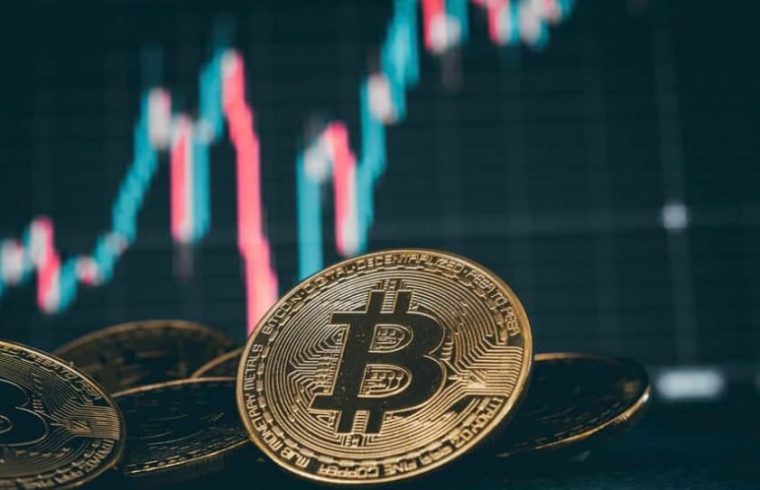Discovering how to mine Bitcoin is the first step for anyone interested in entering the world of cryptocurrency mining. This guide provides an overview of the process, tools, and considerations for starting your mining journey.
In the ever-expanding universe of cryptocurrencies, Bitcoin remains the gold standard, both in terms of value and popularity. Mining Bitcoin, a process through which new Bitcoins are introduced into circulation and transactions are verified on the blockchain, is an essential component of the cryptocurrency’s decentralized network. For those wondering how to mine Bitcoin, it involves solving complex computational math problems, a task that requires powerful hardware and a deep understanding of blockchain technology.
The initial step in mining Bitcoin is to understand the mechanism behind it. Mining involves the use of specialized computer hardware to perform the hash functions necessary to secure the blockchain. This process validates transactions and secures the network, with miners being rewarded in Bitcoin for their efforts. As the first cryptocurrency, Bitcoin introduced this innovative consensus mechanism, which has been adopted and adapted by numerous other cryptocurrencies.
To start mining Bitcoin, you will need to invest in the right equipment. In the early days of Bitcoin, it was possible to mine using standard home computers. However, as the difficulty of the mining algorithm has increased, the need for more powerful hardware has become paramount. Today, Application-Specific Integrated Circuits (ASIC) miners are the standard equipment used for Bitcoin mining. These devices are specifically designed for mining cryptocurrencies and offer a significant advantage in terms of processing power and energy efficiency compared to general-purpose hardware like CPUs or GPUs.
Choosing a mining pool is another crucial step for those looking to mine Bitcoin. Due to the competitive nature of mining and the sheer computational power required to solve the hash functions, it is nearly impossible for individual miners to mine a whole block by themselves. Joining a mining pool allows miners to combine their computational resources with others, increasing their chances of solving a block and receiving rewards. The rewards are then distributed among the pool members, proportional to the amount of work they contributed to the process.
Energy consumption is a significant consideration in Bitcoin mining. The process is energy-intensive, and the costs associated with electricity can significantly impact profitability. Miners must evaluate their potential earnings against their operational costs, including not only the initial investment in hardware but also the ongoing expense of electricity. Mining profitability calculators, available online, can help estimate potential earnings based on the current difficulty level, hash rate, and power consumption.
Finally, staying informed about the Bitcoin network and the cryptocurrency market is vital for successful mining. The difficulty of mining adjusts approximately every two weeks to ensure that the time between blocks remains around ten minutes, regardless of the number of miners or the overall hash rate. Additionally, regulatory developments, market trends, and technological advancements can all impact the profitability and viability of Bitcoin mining.
In conclusion, learning how to mine Bitcoin requires a significant investment of time, resources, and energy. However, for those willing to navigate the complexities of cryptocurrency mining, it offers an opportunity to contribute to the Bitcoin network while potentially earning rewards. As with any investment, it’s important to conduct thorough research and consider all factors before diving into the world of Bitcoin mining.












